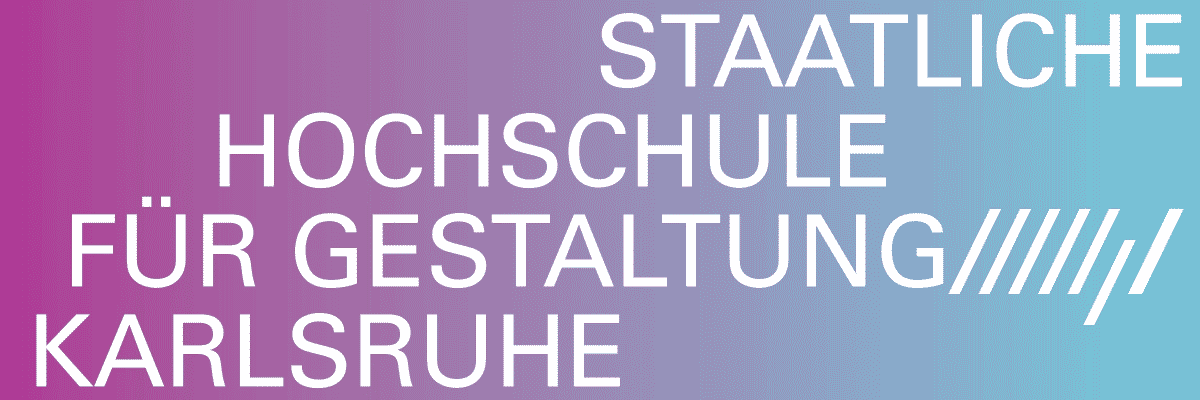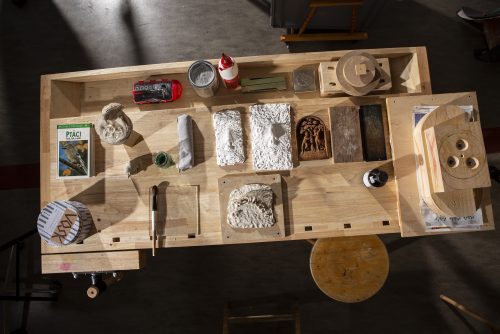
Martin Visok
Locked in History

Advertisement

Martin Visok examines the connections between the artistic canon, which largely belongs to the history of art and continues to visually influence contemporary art, and his own work and that of many artists who question the path to establishment and inclusion in the artistic canon. Visok refers to the sculpture "Laocoön and His Sons," which was declared a symbol of Greek culture when it was discovered buried on one of the Roman hills in the 16th century. Michelangelo himself traveled to verify that it was indeed a masterpiece.
Laocoön was the chief priest of Troy, who, with sharp intuition, understood that the Greek horse posed a danger to his people. "Beware of Greeks bearing gifts," declared the hero. As in all Greek mythology where a pivotal event drives the plot, Laocoön shot an arrow directly at the Greek horse, angering the gods who sided with the Greeks. The gods sent two giant serpents to kill Laocoön and his innocent sons.
On one hand, the installation reflects a meticulous, laborious and precise work, as well as a Christian symbolism rarely seen in the Israeli art landscape. On the other hand, it is a perceptual and intelligent sculptural gem, aiming to shed light on political and social aspects of the art world.
The exhibition "Locked in History" juxtaposes two symbols: the serpent and the hero. The serpent in Laocoön's story symbolizes death, pain, betrayal, and disappointment, and conceptually hints at the art world. The hero represents truth, exposes corruption, bravery, sacrifice, and commemoration. Conceptually, he represents the artist himself and many others who struggle for daily existence and persist in their creation, searching tirelessly for personal truth that must emerge and be exposed to the world. Unlike mythology, in reality, no one defeats the hero; he is essential, present, and without him, life is a great sorrow. Yet, many people feel defeated.
The installation, almost entirely made of concrete, was crafted manually with great care and attention to detail. Visok sculpted the model in clay, from which he created molds to produce the concrete sculptures.
From previous installations, his works can be perceived as architectural structures. The minimalism is evident, and the concrete is prominent. Visok's artistic language may be based on the "less is more" principle, like Dani Karavan or Michael Heizer, which among other things advocated escapism from capitalism, institutional laws, and the institutional push towards overconsumption aimed at preserving the power of economic, political, and social mechanisms. It seems that Visok also strives for a human, craft-based creation experience, beneath the industrial radar.
Sharon Toval




